From the capital Hanoi, about 18km upstream along the Red River embankment, there is a village famous for making kites, a traditional craft that is not only an elegant hobby but also a unique cultural symbol of the Northern Delta region. That is Ba Duong Noi village (Hong Ha commune, Dan Phuong district).
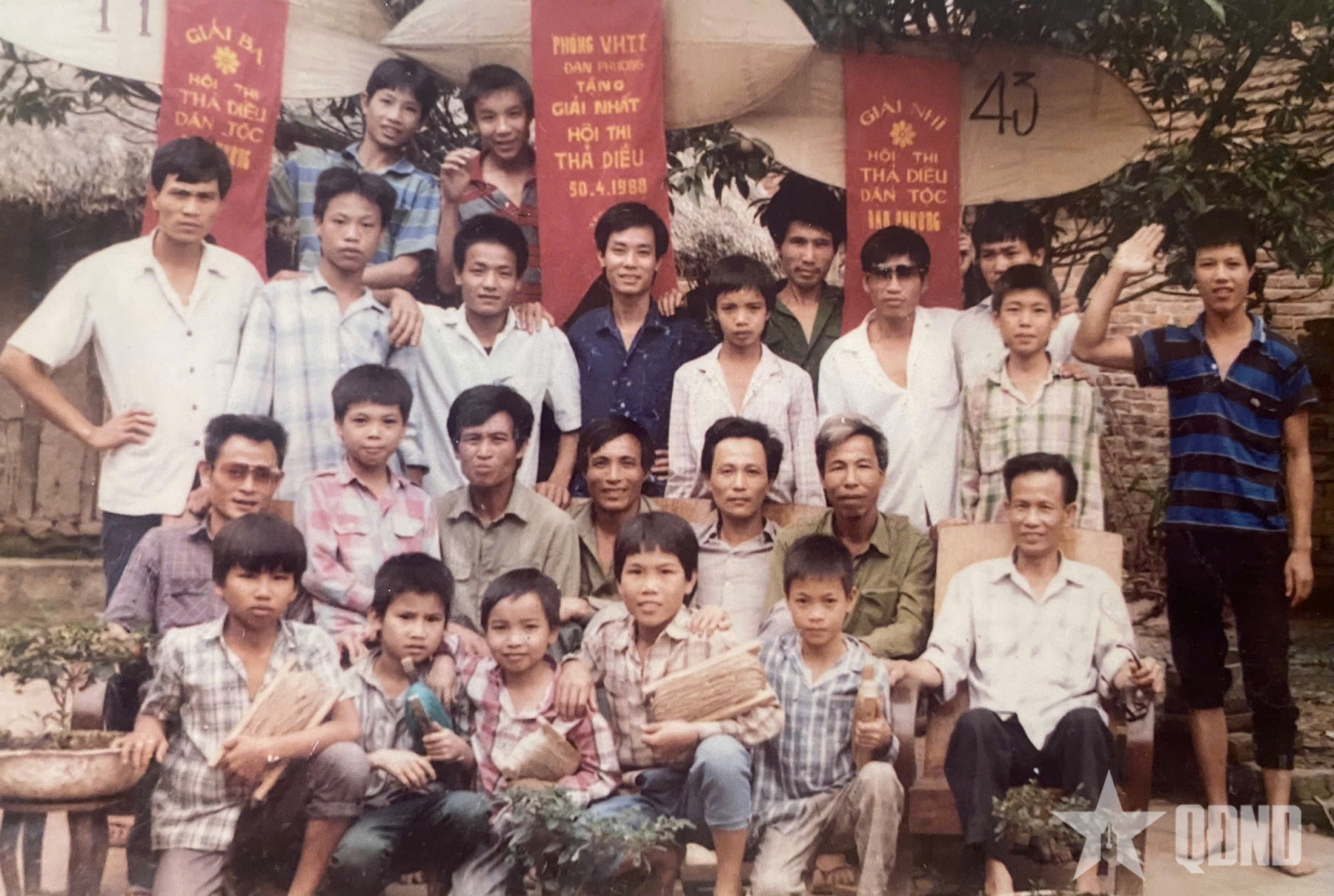
Kite making process
To understand the kite making profession, we were introduced by the locals to the house of People's Artisan Nguyen Huu Kiem (born in 1948), currently the Chairman of the village's kite club. Mr. Nguyen Huu Kiem was awarded the titles: Folk Artisan in 2005, Meritorious Artisan in 2015 and People's Artist 2022.
According to artisan Nguyen Huu Kiem: “To make a kite, first people will have to choose bamboo to make the frame. Choosing bamboo to make a kite is quite a feat. The most suitable type of bamboo is old, male bamboo, growing in the middle of the bush, commonly known as "elephant edge bamboo". That is the type of bamboo that is straight, has long, thick segments and is scratch-free”. According to his experience, to make the bamboo arms flexible, easy to bend, moisture-resistant and termite-proof, you need to put the bamboo arms in a pot of lime water or salt water and boil them thoroughly. When the bamboo is dry, it will be bent into very standard frames.
Holding the kite frame is a “kite rib” made of hard, wide bamboo, protruding long on both sides of the frame. According to the traditional kite making process, the craftsman will use hard bamboo, firmly bend the kite frame horizontally, and use wire to weave a net to cover the kite frame in a lattice pattern. The ends of the wire are threaded skillfully and tightened around the edges of the kite frame. When weaving the net, at least two people are needed. This work helps to keep the shaped kite frame flat, and at the same time prevents the kite cover from tearing when dropped or exposed to moisture.
After the frame making stage comes the kite paper waving stage. In the past, kite paper was made from nam paper, also known as do paper, which is light and porous, helping the kite fly fast and high. To wave the kite paper, craftsmen often used fruit or young sapodilla sap, crushed, mixed with water in a certain ratio, used as an adhesive to stick the paper to the edge of the kite frame. The paper is glued in two layers on both sides of the kite's rib to form the kite's cover. The requirement of the paper waving technique is that it should not be too tight, nor too loose. The above fruits are also crushed, the sap is used as paint, and brushed onto the kite's cover three times, which helps make the kite paper harder, waterproof and insect-proof.
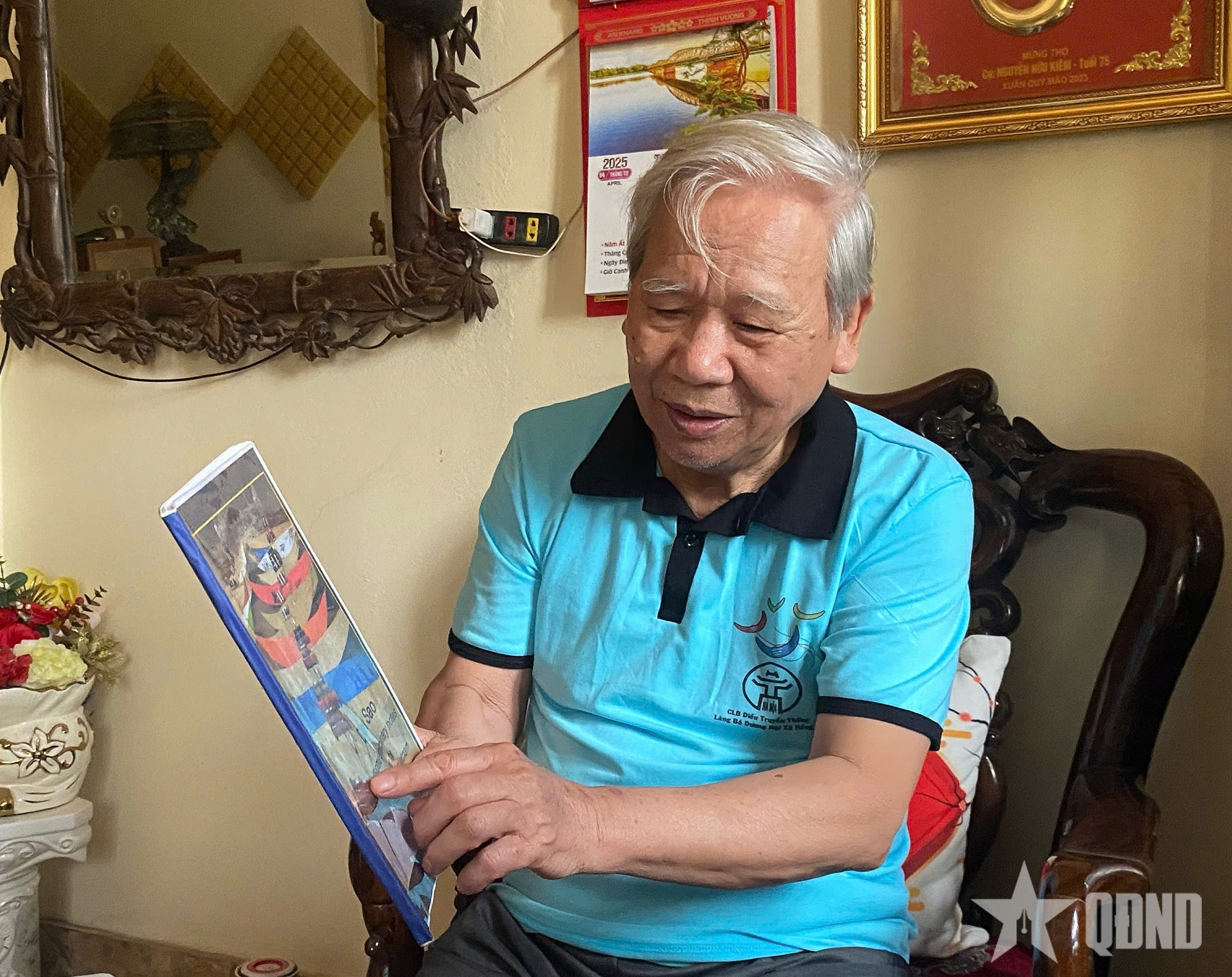
The final step in kite making is making the string. The string can be several hundred meters long. The string used to be made from thinly shaved bamboo (also known as “dang”). The string is then boiled for four or five hours. The boiled string is smoothed on the outside and is lighter than hemp, zinc wire, or rope, and aesthetically more beautiful than other types of string. This string can be played for five or seven years, or even longer. The loops of string are rolled into a “ring” made of bamboo about 50cm in diameter.
The special feature of Ba Duong Noi village kites is that the traditional flute kites do not have tails. After completing the crafting part, the artisans must also go through a process of “flute assembly” - that is, assembling the flutes into a set so that the sound is harmonious. This stage can last for a month, even several months, because they have to listen over and over again to choose the flutes that best match each other.
The artist must delicately “accept” how to make each tube, whether big or small, not overpower the other, but support and enhance each other. That is the art of sound evaluation, a job that requires knowledge, experience and patience.
“Auditing the sound of a flute is also a very important thing, not everyone can do it. If a flute is in tune, when it flies up, it will sometimes be shrill, sometimes calm, sometimes bustling - like a piece of music in the sky. The elders in the village still compare the six-tube flute set to "mother calls, child answers": Mother calls once, child must echo back two times. That is the wonderful harmony between the sounds - a very unique language, very Vietnamese, flying up with the kite. Therefore, some people may not be able to make a good flute set in their entire life" - Mr. Kiem confided.
The manufacturing process seems simple but is also very elaborate. Kite flyers are artists and patient people. They make kites to satisfy their aesthetic needs in the hobby, spending a lot of time creating a kite. With the traditional manufacturing method, all craftsmen are consistent in technique as well as in the choice of materials. As for the shape, each region has its own way of creating the local identity of the kite.
Let the kite fly far
Not only stopping at preserving traditional crafts, Ba Duong Noi artisans also constantly strive to promote their homeland's cultural products to the world. The village's kites have been present at many major cultural events such as: International Kite Festival in Thua Thien Hue, Vung Tau; Grand ceremony to celebrate 1000 years of Thang Long - Hanoi; International Kite Festival in Thailand (2010, 2014), China (2012), France (2012), Malaysia (2014)... Vietnamese kite products are always highly appreciated by international friends thanks to their uniqueness and strong national identity.
In early 2024, the Minister of Culture, Sports and Tourism signed a decision to include the “Ba Duong Noi Kite Festival” in the list of national intangible cultural heritages. In 2025, the Hanoi People's Committee issued Decision No. 2982/QD-UBND dated June 7, 2024 recognizing the Ba Duong Noi kite-making village as a traditional craft of Hanoi.
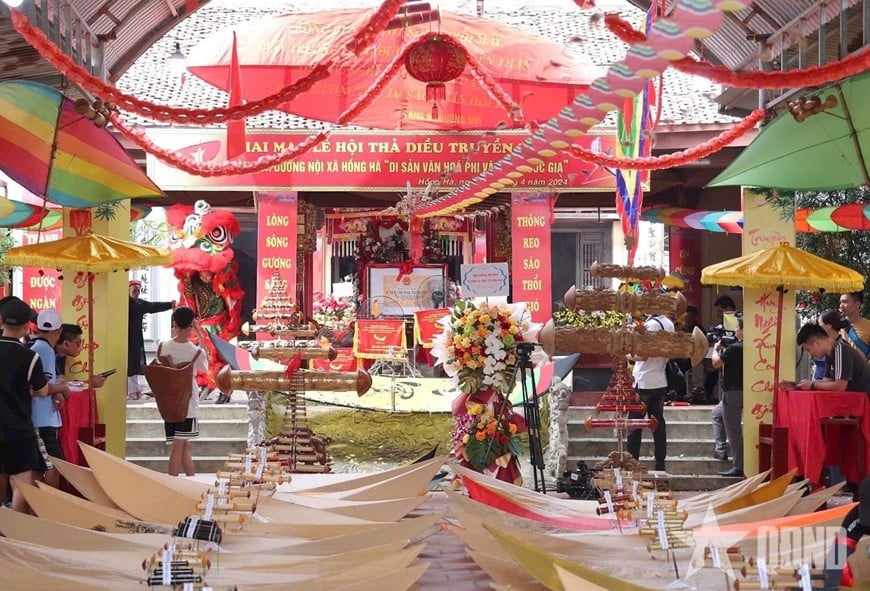
In particular, on the full moon day of March 2025, at the Dieu Temple relic, the ceremony to receive the certificate of recognition will take place. The national intangible cultural heritage "Ba Duong Noi Kite Festival" was solemnly held. Also on this occasion, the Ba Duong Noi flute kite making profession was officially honored as a traditional craft of Hanoi.
According to Mr. Nguyen Huu Kiem, “to move towards sustainable development, the local government is planning a 3-hectare community cultural experience area in the field in front of Dieu Temple. This area is expected to become a typical cultural tourism destination in the future, as well as a cultural heritage education space for students and tourists.”
Ba Duong Noi flute kites are not only unique handicrafts but also a vivid symbol of the harmony between man and nature, between tradition and modernity. With the enthusiasm of the people to preserve them and the support of the government, the flute kite making profession here is increasingly affirming its role in spreading Vietnamese cultural values to international friends.
Source: https://baolangson.vn/doc-dao-lang-dieu-khong-duoi-o-ha-noi-5045910.html









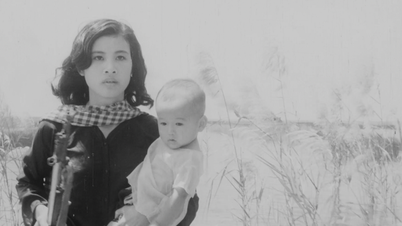
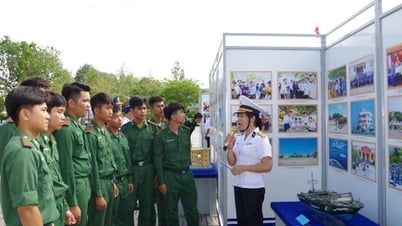

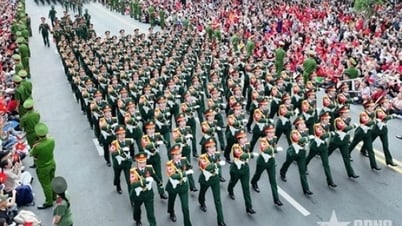
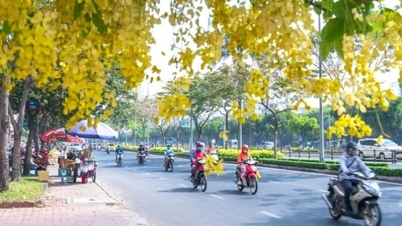








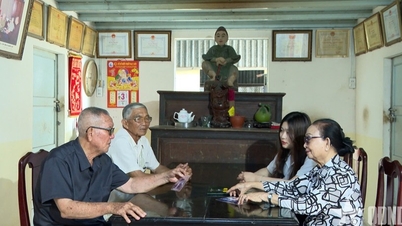
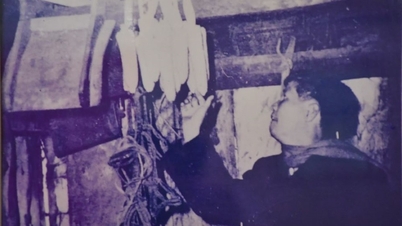
![[Photo] Thousands of Buddhists wait to worship Buddha's relics in Binh Chanh district](https://vphoto.vietnam.vn/thumb/1200x675/vietnam/resource/IMAGE/2025/5/3/e25a3fc76a6b41a5ac5ddb93627f4a7a)







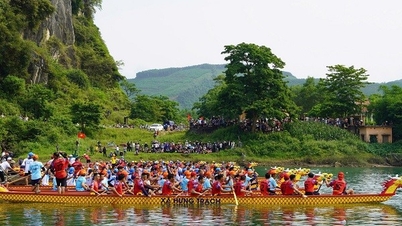









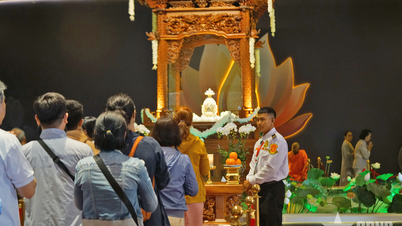

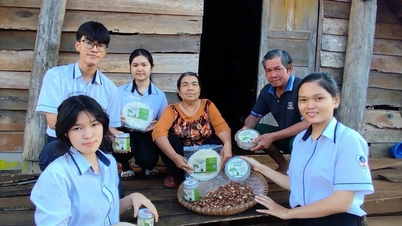


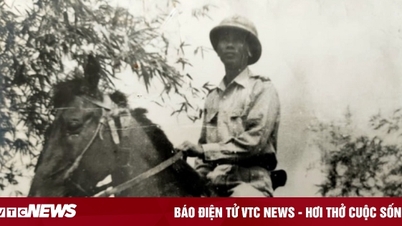

































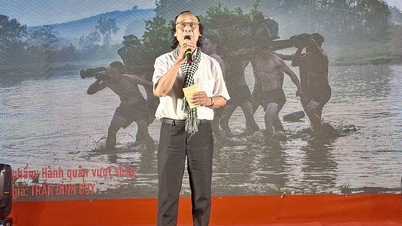



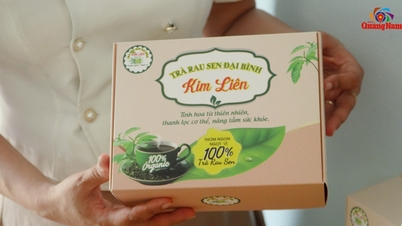






Comment (0)